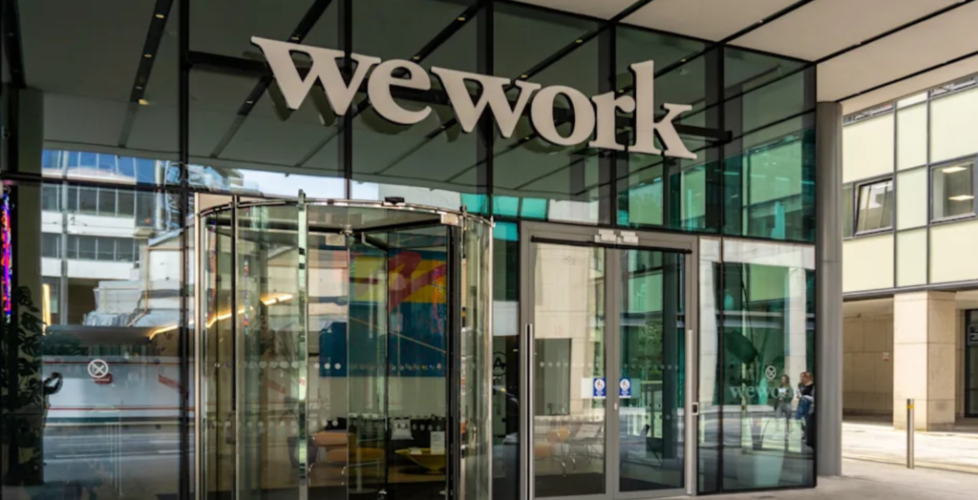WeWork CEO Says ‘Least Engaged’ Employees Prefer to Work from Home

As the global pandemic finally fizzles out, many companies in the U.S. are headed back to the office in full force. But some recent comments by WeWork CEO Sandeep Mathrani cast a negative light on employees who prefer to work remotely.
According to news sources, Mathrani is being mocked after claiming that companies can identify their “most engaged” workers by looking at those who want to return to the office.
“Those who are uberly engaged with the company want to go to the office two-thirds of the time, at least,” he said, adding: “Those who are least engaged are very comfortable working from home.”
While speaking with the outlet, Mathrani also claimed that people are “happier when they come to work,” and that the post-pandemic conversation will not be about whether employees should return to their office or not, but rather how many days a week they will be in the office.
“The bigger issue is do you come to work five days a week or do you come to work three days a week? That’s the bigger issue. There’s no issue of not coming to a common place,” he said.
Our own HR expert, Lorein Brightwell had this advice to offer.
“How a company’s workforce is structured is an extremely individualized decision based on many factors,” she said. “Some companies will prefer a partially or fully remote workforce and some will want to come back together in a shared office space. But judging your employees’ engagement by this is flawed and prejudicial.”
Here are a few useful questions Brightwell suggests asking to determine the right course of action.
- What do we want? And what type of employee structure and office structure gets us there.
- What do our employees want? And what structure will help them achieve their potential for our company
- Consider a 360-degree approach for designing the ‘new normal’ with input from executives, line workers, vendors, customers, mid-management, and entry workers—it’s a luxury of opportunity you may never get again.
- Use a matrix of measurement regarding your best course of action that takes into consideration the following:
- employee rights, health and safety;
- employers responsibilities and compliance;
- market trends;
- talent competitors;
- growth potential for employees AND company,
- bottom-line potential returns AND
- does it align with your stated mission, vision, and core values—all change must ALWAYS align with these.
Let’s face it, HR can be tough. That’s exactly why smart employers use PLB Resources to stay in compliance with all employment regulations and reduce risk exposure while building those amazing workplaces!
More info for smart employers:
https://www.yahoo.com/now/wework-ceo-sparks-backlash-claiming-183935271.html

